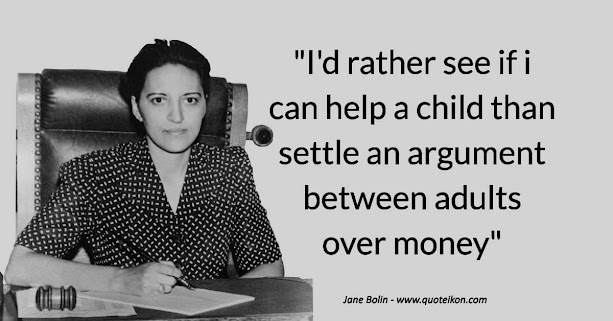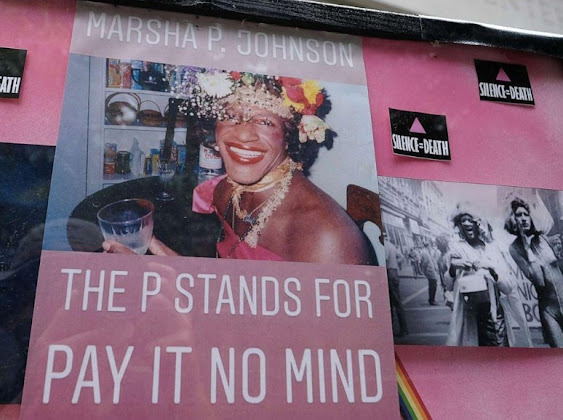Alvin Ailey created platforms for Black and minority dancers to perform around the world.

Alvin Ailey was an African American choreographer, who is best known for popularizing modern dance while creating a company focused on the inclusion of dancers of all races and backgrounds. Ailey was born in Rogers, Texas in 1931. As a young boy, he was inspired to dance after seeing the Ballet Russe de Monte Carlo. Ailey was introduced to Lester Horton and his Hollywood studio in 1949, where he learned different dance styles and techniques such as classical ballet, jazz, and Native American dance. Ailey joined Horton’s company in 1953, making his debut in Horton’s revue Le Bal Caribe. Lester Horton went on to serve as a mentor to Ailey and had a major influence on his dance career. He later trained with Martha Graham, Doris Humphrey, and Katherine Dunham. After Horton’s death in 1953, at the age of 22 and with only one choreography credit to his name, Alvin Ailey assumed the role of artistic director of Horton's company. Alvin Ailey formed the Alvin Ailey American Dance Theater ...





